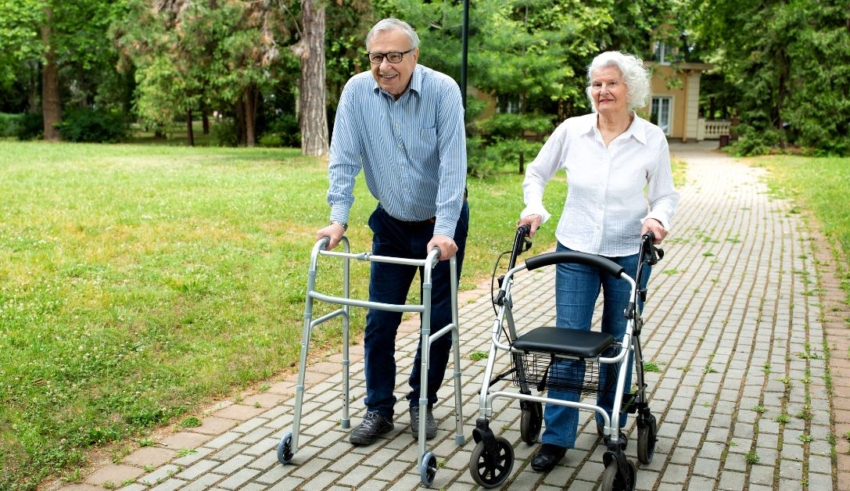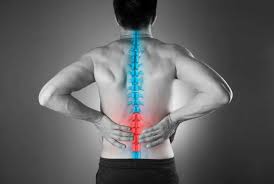
Walking is not just a means of transportation. It’s a fundamental aspect of maintaining independence and overall well-being, especially for seniors. However, as individuals age, mobility can become a challenge due to factors such as reduced strength, balance issues, or medical conditions like arthritis. Fortunately, walking aids can provide invaluable support, enabling seniors to continue moving safely and confidently. This guide will explore the importance of walking aids and offer essential recommendations for selecting the right one.
Table of Contents
Understanding the Importance of Walking Aids
For seniors facing mobility limitations, walking aids are crucial in enhancing stability and reducing the risk of falls. These devices provide support and assistance, allowing individuals to remain active and engage in daily activities with greater ease. By using walking aids, seniors can prolong their independence and live life to the fullest.
Types of Walking Aids Available
Walking aids are available in various forms, each designed to address specific mobility needs. Common types of walking aids include:
- Canes: Canes are one of the top walking aid recommendations because they provide balance and stability, besides being lightweight and portabl;e. They are ideal for individuals who need minimal support or assistance with walking.
- Walkers: Walkers are sturdy frames with four legs and hand grips, offering maximum stability and support. They are suitable for seniors who require significant assistance with mobility and balance.
- Rollators: Rollators are similar to walkers but feature wheels on the legs, allowing for smoother movement. They often come with brakes and a seat for resting, making them ideal for seniors who need support while walking longer distances.
- Crutches: Crutches are designed to support weight while walking and are typically used by individuals with temporary injuries or disabilities affecting one leg.
Choosing the Right Walking Aid
Selecting the appropriate walking aid is essential for ensuring optimal support and comfort. When choosing a walking aid for a senior, consider the following factors:
- Mobility Needs: Assess the senior’s mobility level and any specific challenges they face while walking.
- Physical Strength: Choose a walking aid that the senior can comfortably manage based on their strength and coordination.
- Environment: Consider the surfaces and terrain the senior will encounter, such as indoor floors, sidewalks, or uneven terrain.
Assessing Individual Needs
Before selecting a walking aid, it’s essential to conduct a thorough assessment of the senior’s needs and abilities. You could talk to a healthcare professional or physical therapist to evaluate factors such as:
- Balance: Assess the senior’s balance and stability to determine the level of support required.
- Strength: Evaluate the senior’s strength and endurance to choose a walking aid that they can manage comfortably.
- Range of Motion: Consider any limitations in the senior’s range of motion, such as joint stiffness or pain, which may influence the type of walking aid needed.
Proper Fit and Adjustment
Once a walking aid has been selected, ensuring proper fit and adjustment is crucial for maximising its effectiveness and preventing injuries. Follow these tips for fitting and adjusting a walking aid:
- Height Adjustment: Adjust the height of the walking aid so that the senior’s elbow is slightly bent when holding onto the handgrip.
- Grip Comfort: Ensure that the hand grips are comfortable to hold and secure enough to prevent slipping.
- Stability Check: Test the stability of the walking aid on various surfaces to ensure it provides adequate support and balance.
Safety Considerations
Safety should always be a top priority when using walking aids. To promote safe mobility, seniors and their caregivers should:
- Regularly Inspect the Walking Aid: Check if there is any wear and tear or damage and replace any worn-out components.
- Use Non-Slip Tips: Install non-slip rubber tips on the legs of canes, walkers, or crutches to prevent slipping on slick surfaces.
- Practise Proper Technique: Encourage the senior to use their walking aid correctly, including maintaining proper posture and taking small, steady steps.
By selecting the right walking aid and using it effectively, seniors can maintain their mobility and independence for longer. Walking aids provide invaluable support, enabling seniors to continue enjoying an active lifestyle while reducing the risk of falls and injuries. With proper assessment, fitting, and adjustment, seniors can confidently navigate their surroundings and enjoy the freedom of movement for years to come.













